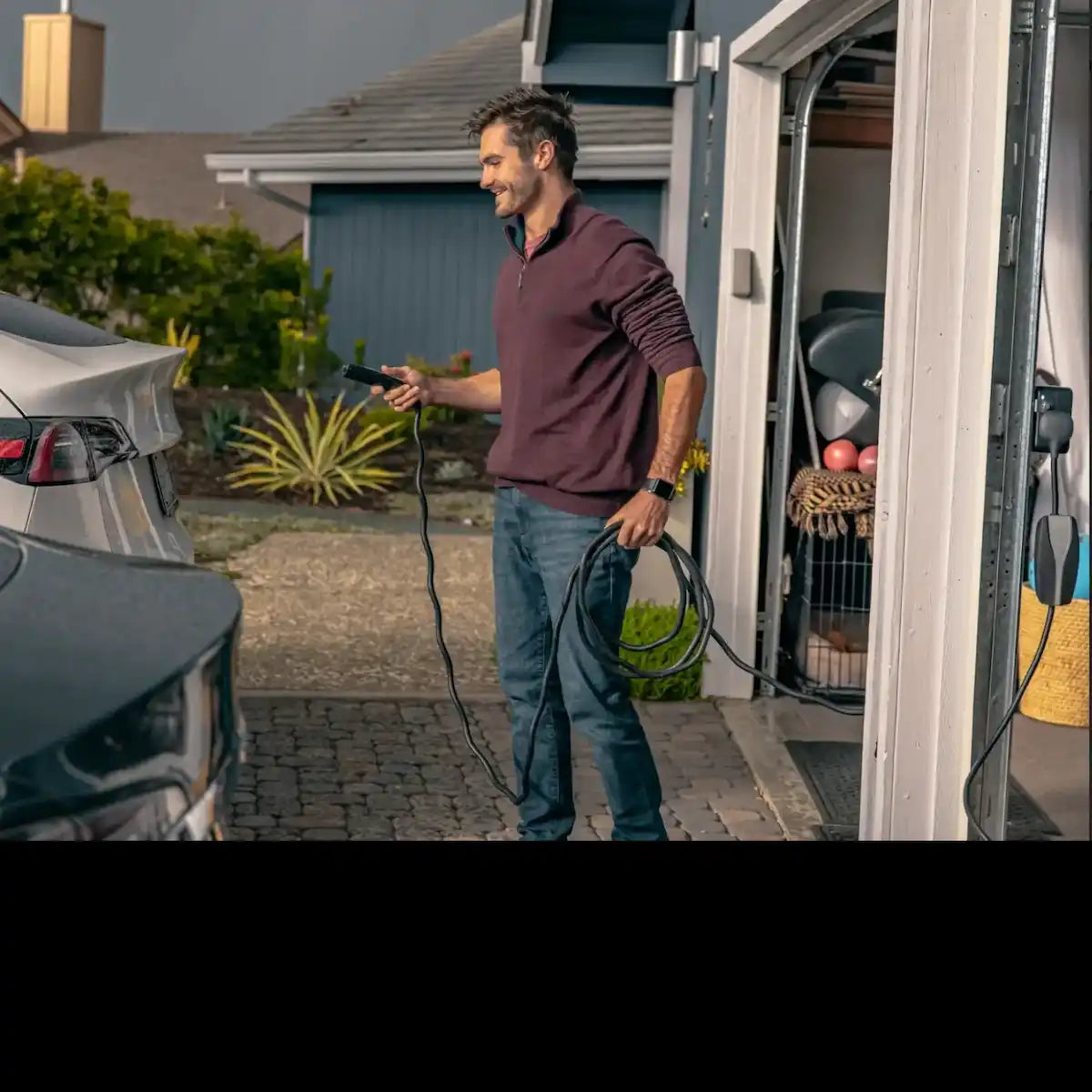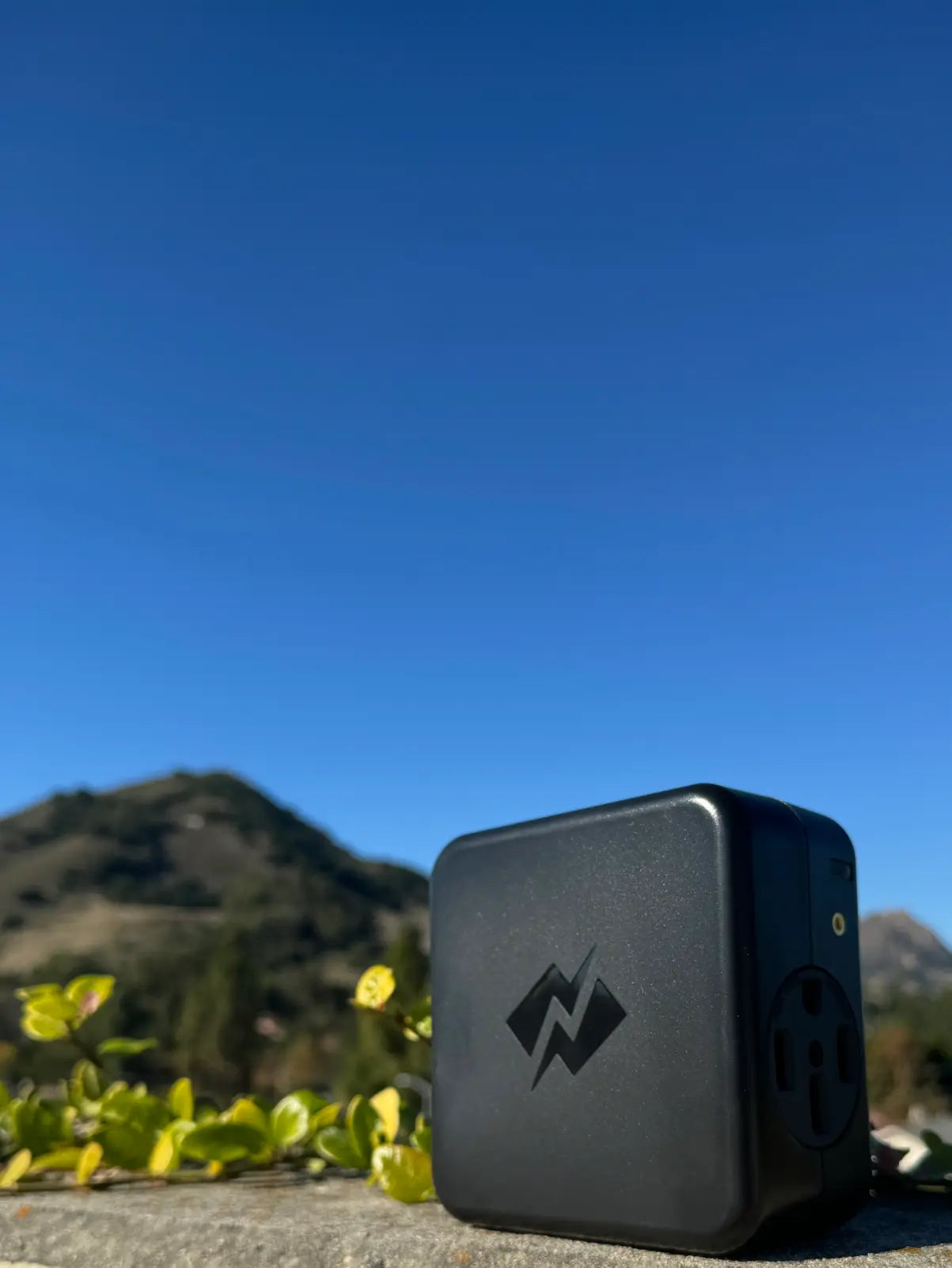
Our Mission
To help accelerate the shift to home electrification and clean energy.
Our 100-year-old grid will undergo a major transition to sustain our growing electricity needs, and over 1 billion home energy devices will need to be replaced or installed over the next 20 years to meet our climate goals and sustain our increasingly electric lifestyle. This unprecedented transformation requires innovative solutions that work within the constraints of our existing infrastructure while paving the way for a cleaner future.
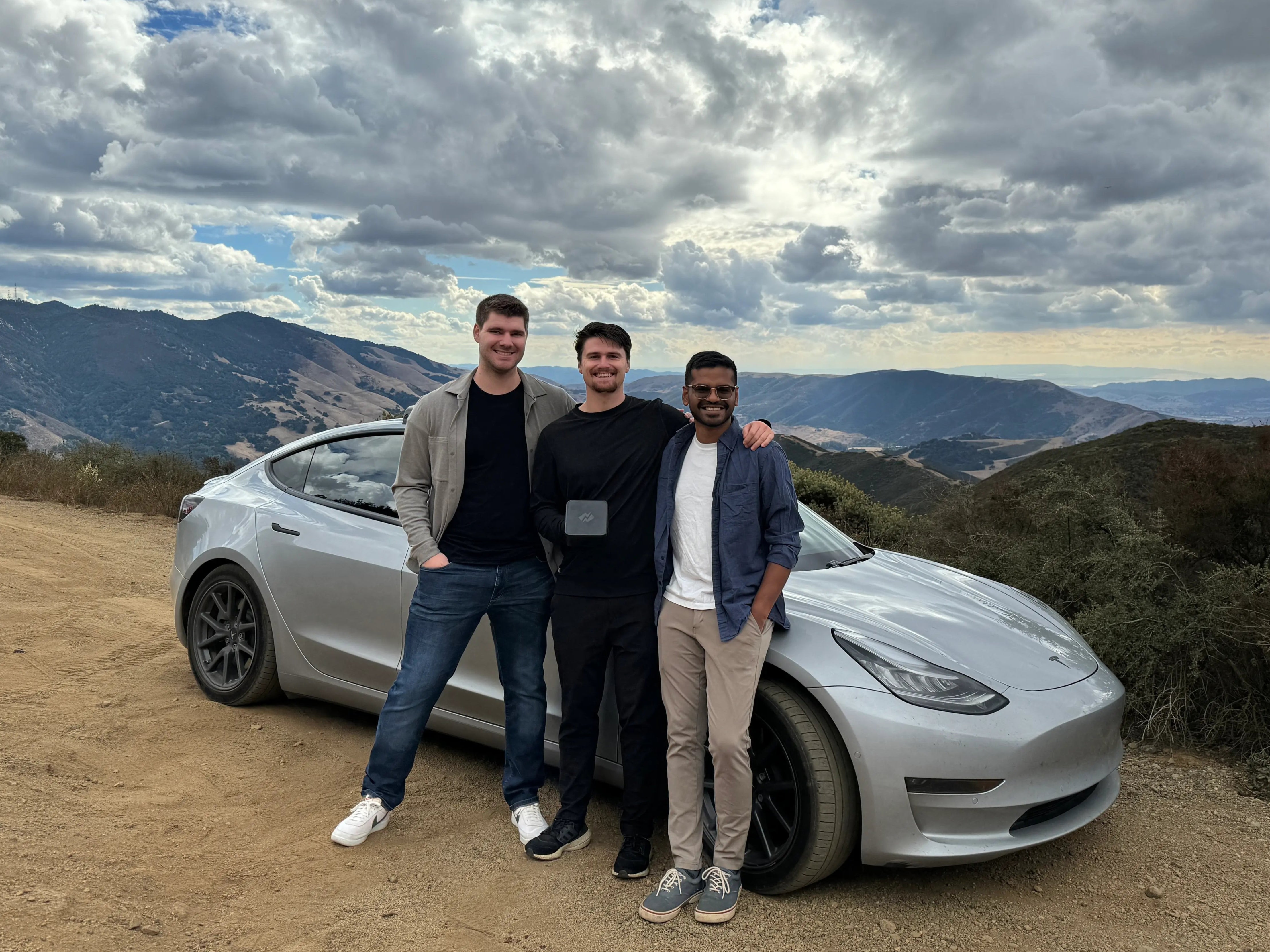
In 2018, we were working on our senior project at Cal Poly, San Luis Obispo, looking into the new electric vehicle market. We walked over to our local supercharging station and talked with fellow EV drivers about their experience so far.
What we discovered is that most of these drivers parked at the supercharger were only doing so because charging at home was going to cost them thousands of dollars in installation expenses and permitting fees.
With over 80% of EV charging happening at home, we knew that Level 2 charging is a critical requirement for EV adoption and set off to transform the landscape.
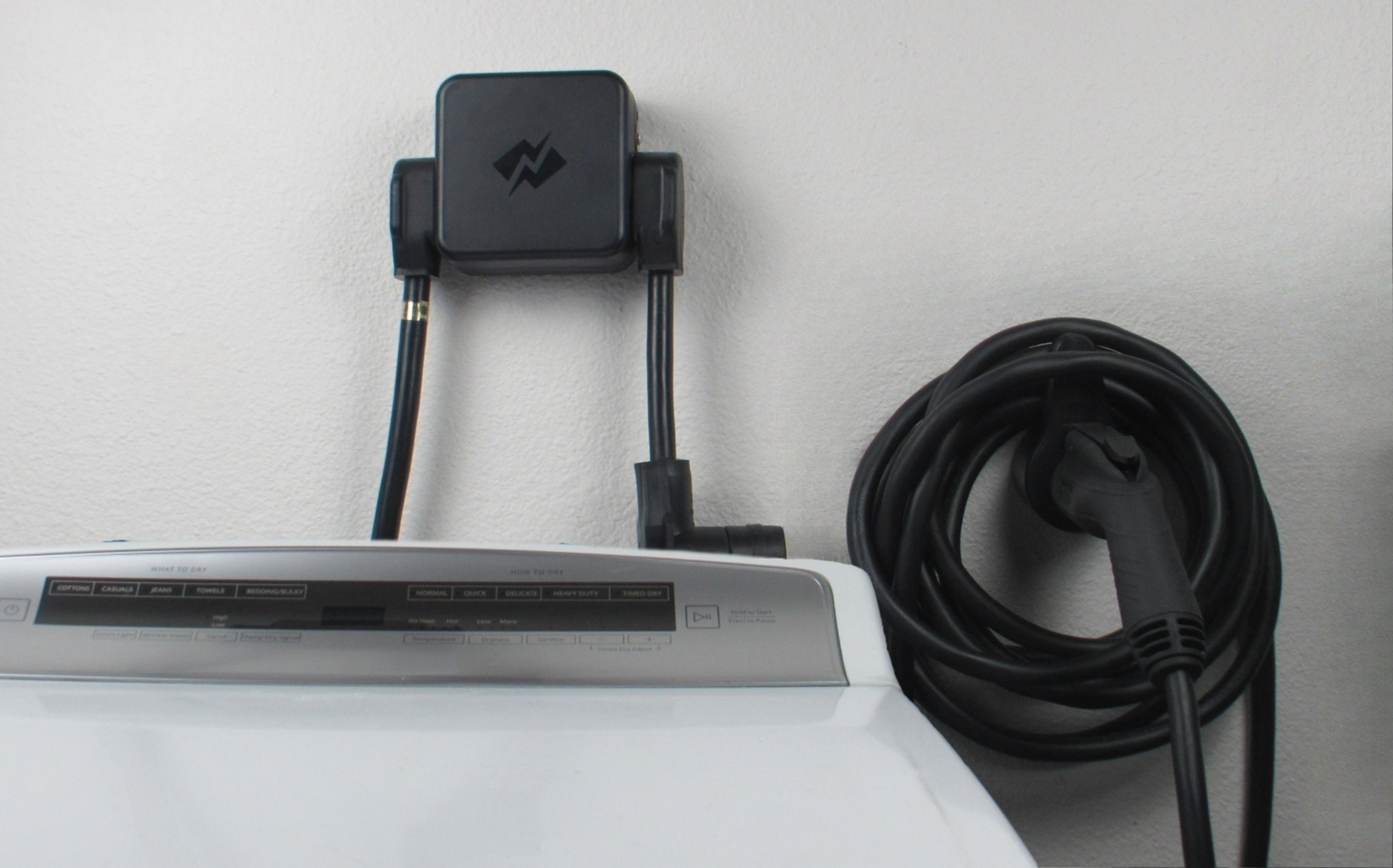
We went home to our rented house and puzzled out what our options were if we wanted to install charging there.
The panel was at capacity and would require a $4k service upgrade (yes, we got an actual quote), and our landlord wouldn't approve any electrical rework anyways.
The answer came as we looked at the electric dryer in the corner of the garage: make a plug-and-play device that would use the existing electrical infrastructure of the home by diverting power to the car only when needed.
The Smart Splitter was born a few days later.
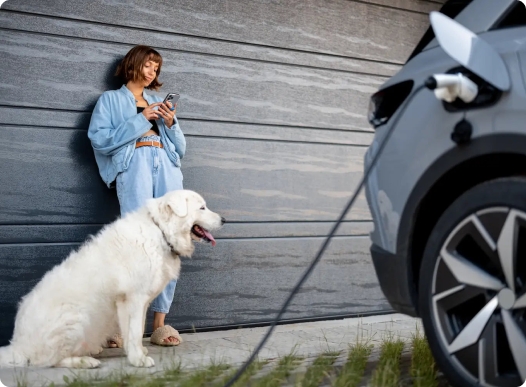
A few years and tens of thousands of happy EV drivers later, we are continuing to innovate as we look for ways to help EV drivers and the grid.
We launched the NeoCharge App in 2024 as a means of tracking and optimizing energy usage by allowing drivers to automatically schedule their charging times during the off-peak hours of their utility rate. This saves drivers money, uses greener energy, and reduces the load on your local electric grid, all while lowering CO2 emissions.
We are now focused on building new solutions that continue our commitment to helping households electrify without costly panel upgrades, making home electrification more equitable and accessible to all.
In 2018, we were working on our senior project at Cal Poly, San Luis Obispo, looking into the new electric vehicle market. We walked over to our local supercharging station and talked with fellow EV drivers about their experience so far.
What we discovered is that most of these drivers parked at the supercharger were only doing so because charging at home was going to cost them thousands of dollars in installation expenses and permitting fees.
With over 80% of EV charging happening at home, we knew that Level 2 charging is a critical requirement for EV adoption and set off to transform the landscape.
We went home to our rented house and puzzled out what our options were if we wanted to install charging there.
The panel was at capacity and would require a $4k service upgrade (yes, we got an actual quote), and our landlord wouldn't approve any electrical rework anyways.
The answer came as we looked at the electric dryer in the corner of the garage: make a plug-and-play device that would use the existing electrical infrastructure of the home by diverting power to the car only when needed.
The Smart Splitter was born a few days later.
A few years and tens of thousands of happy EV drivers later, we are continuing to innovate as we look for ways to help EV drivers and the grid.
We launched the NeoCharge App in 2024 as a means of tracking and optimizing energy usage by allowing drivers to automatically schedule their charging times during the off-peak hours of their utility rate. This saves drivers money, uses greener energy, and reduces the load on your local electric grid, all while lowering CO2 emissions.
We are now focused on building new solutions that continue our commitment to helping households electrify without costly panel upgrades, making home electrification more equitable and accessible to all.



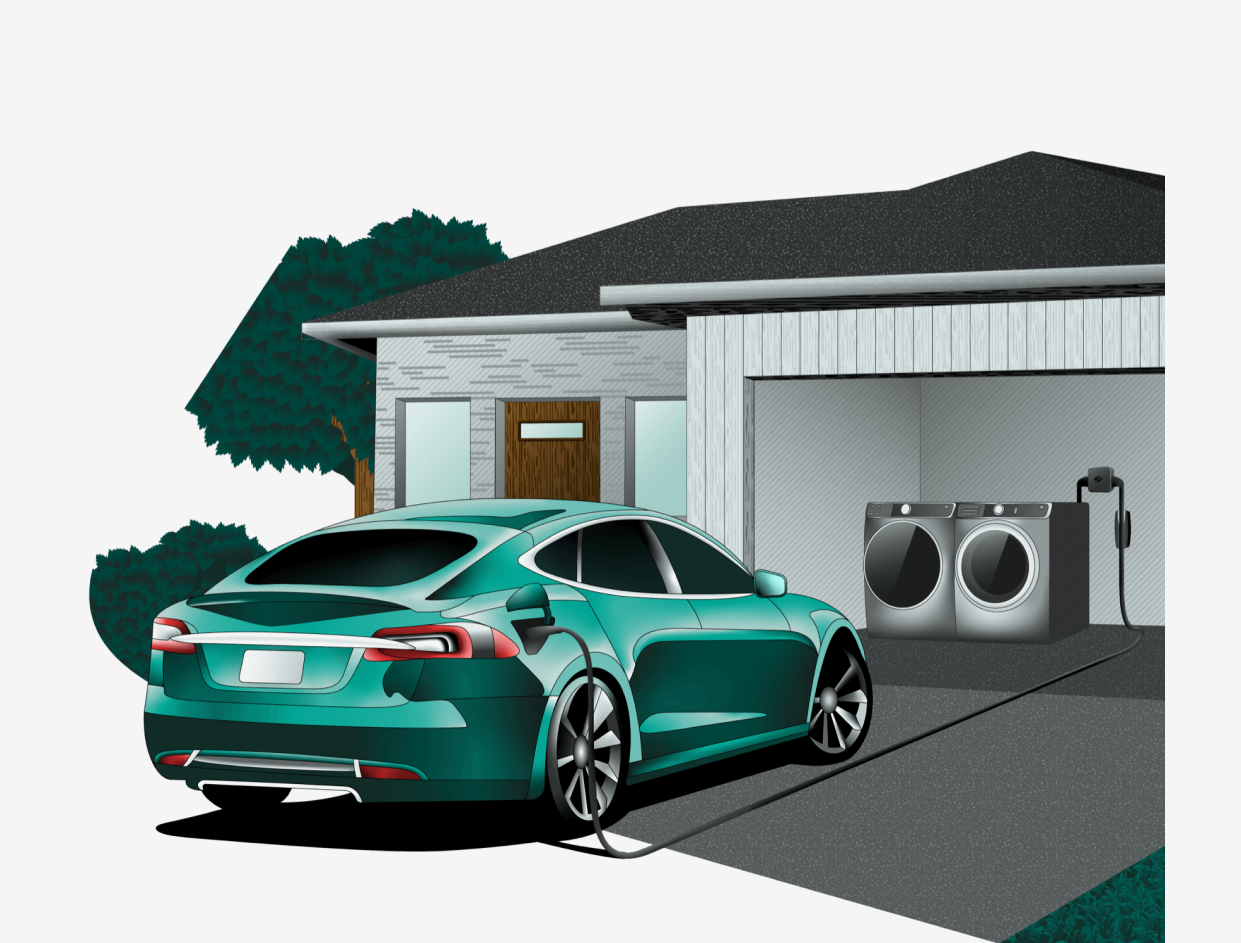
Our Impact


